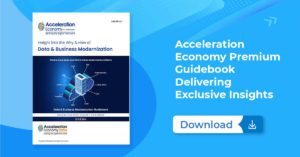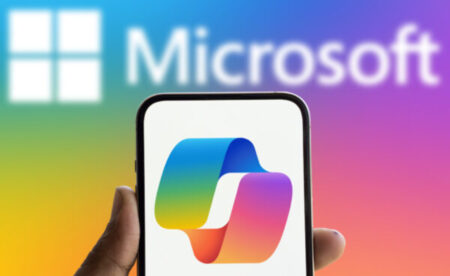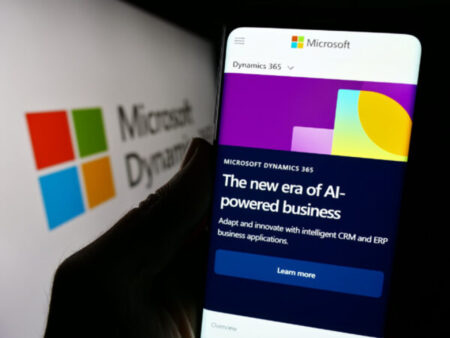
In episode 61 of the Data Modernization Minute, Wayne Sadin discusses how a company should handle the proverbial “indispensable programmer.”
This episode is sponsored by Acceleration Economy’s Digital CIO Summit, taking place April 4-6. Register for the free event here. Tune in to the event to hear from CIO practitioners discuss their modernization and growth strategies.
Highlights
00:19 — Lately, Wayne’s conversations with C-level executives, board directors, and other leaders have revolved around how they can’t afford to lose certain people. This brings him back to his first mentor who told him that “indispensable programmers should be fired immediately.” The mentor probably didn’t mean it literally, but it’s still a telling commentary.
01:09 — The concept of an indispensable programmer is related to that of a single point of failure. Having one person in charge of something vital is not good for a company in the same way that one should not rely on a single software or hardware component.
01:44 — If you’re a CIO, Wayne advises, don’t let indispensable programmers happen. If you’re a board member or CEO, ask questions such as, where are our single points of failure? Does everybody have a backup?
02:18 — Being an indispensable programmer isn’t that great for the individual, either. Wayne points out that if you are the indispensable programmer, you run into problems as well when it comes to tending to your personal life.
02:35 — Management needs to ask who are your indispensable people. Don’t fire them, but consider giving them another assignment for three to six months and letting someone else understudy. You have to teach the indispensable people that that’s not healthy for them or for the company.
03:19 — It’s important to say to these people that you’re not looking to replace or push them out. You want to energize them with new skills and opportunities. You’re also looking to take the burden off of them so they’re out of the “hot seat.”
03:42 —To sum up: Treat indispensable programmers well, but give them help.
Want more insights into all things data? Visit the Data Modernization channel:











